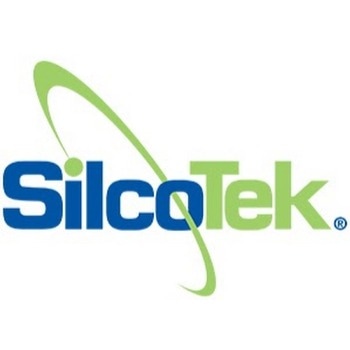.jpg)
This article will focus specifically on the tools needed to characterize CVD coatings.
This article will cover:
- Using surface characterization to measure the extent of surface bonding, how compatible a surface is and the quality of the coating
- Using surface energy characterization to measure hydrophilicity and hydrophobicity and other surface parameters
- Using thin film analysis to determine the optimum thickness of a coating
- Using impedance measurements to determine the quality of a CVD coating
Material surface characterization capabilities of SilcoTek®.
SilcoTek®’s Surface Characterization Capabilities
The ability to characterize the surface of a material is an important part of SilcoTek’s coating research and development. In order to understand new inert coatings the surface must be thoroughly characterized. This plays an important role in scale ups and process improvement.
Several different methods of surface characterization are available to develop understanding of surface properties and the mechanisms by which surface bonding occurs. All coatings developed by SilcoTek are evaluated using material characterization to ensure that coatings meet the needs of their customers and are of a high quality.
SilcoTek also work alongside their customers to assist with characterization to provide novel solutions for their specific coated parts and substrate materials.
SilcoTek, as well as conducting analysis in-house, also uses facilities at Pennsylvania State University (PSU) via a long established relationship. SilcoTek’s R&D team are certified to use instrumentation at Penn State University’s Materials Characterisation Lab (MCL). Here we explore some of the tools used for this analysis.
Tools used for Surface Characterization
Coating characterization requires two things – an R&D team with the knowledge to characterize the surface, and the tools required to carry out the analysis. Some of the tools used to analyze CVD coatings are explored below.
XRF (X-ray Fluorescence) Analysis
.jpg)
XRF, a non-destructive method of determining the elemental composition of an alloy, is used to determine the elements and metal substrates present in a surface prior to coating.
Knowing the exact constitution of the substrate allows the best processing methods and most appropriate coating to be used which means the coating process is optimized. This is important because the constitution of the substrate determines the surface bond formed, the quality of coating and the overall product performance.
FT-IR (Fourier Transform Infrared) Spectroscopy
.jpg)
FT-IR uses infrared analysis to determine the chemical identities of species regardless of their state. This technique is regularly used for quality analysis and control and for R&D when developing new coatings.
FT-IR can also be used to determine the quality of a surface on a molecular level. When used alongside a visual inspection, e.g. with a microscope, it can be used to analyze the quality of a coating and how much of a surface has been coated.
Thin-Film Analysis
.jpg)
SilcoTek provide their own thin-film analyzer which can be used to non-destructively measure thicknesses between 30 Å and 350 mm. The system can also be used to determine optical coefficients such as the extinction and transmittance, and the refractive index.
SilcoTek use thin-film analysis to quickly determine the surface thickness and for quality control.
Measuring the Surface Contact Angle
The contact angle is the angle to which a drop of water makes to a surface it is in contact with. To be more specific this is the angle between the liquid meniscus at the point of contact and the solid surface, measured through the droplet. The value of the contact angle indicates how easily wetted a surface can be.
.jpg)
The contact angle is an important parameter when developing surfaces of hydro- and superhydrophobicity. A correctly designed surface, of correct energy, can make a surface extremely repelling, which enhances the release behavior of molds, and reduces the extent of surface fouling.
Measurement of the contact angle allows SilcoTek to ensure that the required surface energy (and therefore hydrophilicity or hydrophobicity) for a particular application is reached.
EIS (Electrochemical Impedance Spectroscopy)
.jpg)
EIS is a useful (mostly) non-destructive technique for the evaluation of coating performance on a metal substrate.
EIS provides information on the coatings double layer and single layer capacitance and its Faradaic impedance, all of which can be correlated to the performance of a coating, particularly a coating for use in corrosive environments. The technique can be used to identify gaps in coatings and to develop coatings with more uniform spread.
Testing by SilcoTek
This article has covered the different methods of material characterization available to SilcoTek. These tools allow SilcoTek to develop new coatings and to help their customers solve challenging problems.
The easy availability of these tools for SilcoTek ensure that they can provide coatings of a consistently high quality.

This information has been sourced, reviewed and adapted from materials provided by SilcoTek.
For more information on this source, please visit SilcoTek.